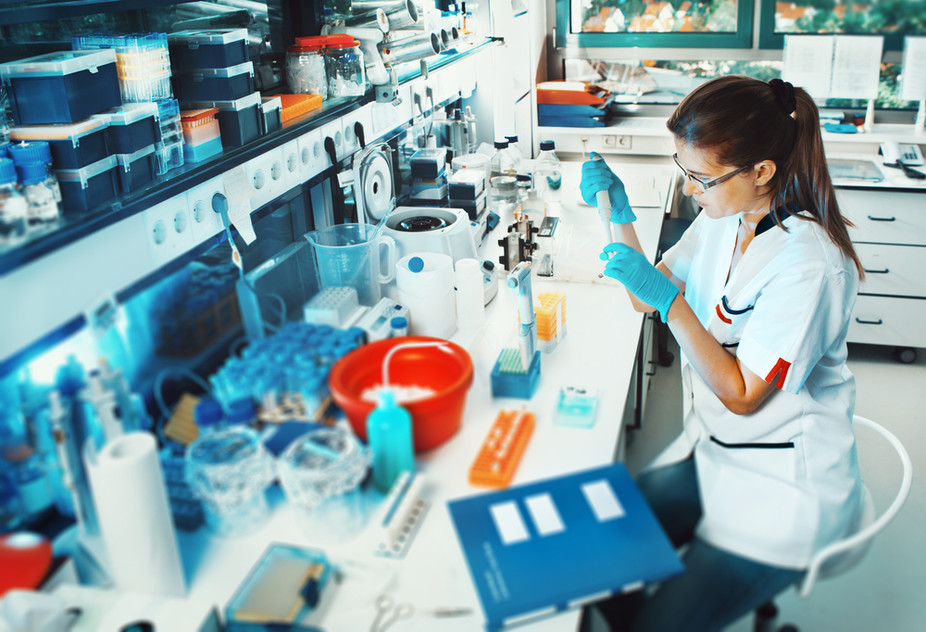A recent drugs trial held in France for a painkiller left one man brain dead and five others critically ill. Around 90 people were involved in this trial, with some taking the relevant dose and others receiving a placebo drug.
According to the Guardian Newspaper, this trial was in phase 1, where health volunteers participate to test for side effects and evaluate the safety of the drug. Prior to being tested on humans, tests would already have been carried out on animals.
Thankfully the chances of something going wrong is relatively uncommon, however since this death, a new clinical trial finder has been launched.
Clinical Trials Website
Without sufficient numbers of participants, trials cannot go ahead. It is particularly hard for scientists to find women and ethnic minorities to participate, so having a clinical trials database where people can visit to find out about trials is great for scientists. Not only that, but it also enables the recruiters to connect with other researchers. The aim is to reduce the overall impact of lack of recruitment in clinical trials and to make everything more transparent for the public. All information about trials is held on this database for everyone to read, or even apply to become part of the trial.
It is also possible for scientists to use clinical trial services, from organisations such as http://www.gandlscientific.com/clinical-trial-services/, who can manage the whole trials project and provide all the experts required to run the trial.
How do Clinical Trials Work?
Clinical trials involve people and treatment for research purposes. They are run to find out if new medical treatments are safe, do what they are supposed to do and to discover if treatments will benefit the patient.
They are run as observational studies or clinical trials with intervention. The first involves collection of data over a period and the second is where the researcher can act to understand and treat a disease.
They are completed in four phases, as follows:
• Phase 1 – Not many people involved, as this is the first time the drug will be tested on humans. Safety is key.
• Phase 2 – More participants involved, to find out if it works.
• Phase 3 – Determines if it is better than what is already available.
• Phase 4 – What else can happen.
